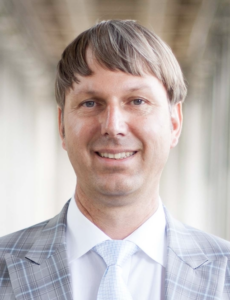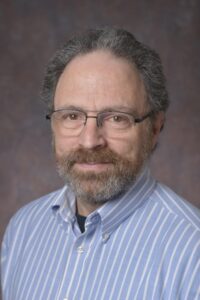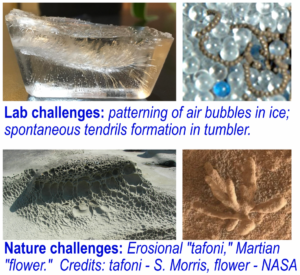
Dirk Helbing
Troy Shinbrot Biomedical Engineering Department, |
The Wonderful World of Pedestrians
Talk open to the public In this talk, I will look back to how the field of pedestrian, crowd, and evacuation dynamics Modeling pedestrians and crowds as self-driven many-particle systems have turned out to be a surprisingly powerful approach to model and understanding the dynamics of humans moving through space while interacting with others. Besides driven particle and cellular automata models, the Social Force Model is certainly one of the models that were inspired by physics and were able to reproduce several interesting collective patterns of motion, which emerge by self-organization. These patterns include the formation of lanes of uniform walking direction in bidirectional flows, stripe formation in two crossing flows, and oscillatory flows at bottlenecks. Such discoveries, including the faster, slower effect, have inspired improvements in logistics (chip production) and traffic light control, which does not stop there. Modern experimental techniques, for example, use Virtual Reality technology combined with multi-agent simulations, to reconstruct crowd disasters as they have happened in the past.
Challenges for DEM from the lab and nature 18 September 2023, 19:00 DEM has advanced continuously over the past few decades, and can now simulate large numbers of irregular particles. Nevertheless, many problems are beyond the predictive capacity of current DEM techniques. In this talk, I describe several such problems as a challenge for future DEM analysis. These include examples from the lab as well as from nature. From the lab, I’ll discuss a range of simple problems that participants can reproduce on their own, including the patterning of air bubbles in ice (water must be very clean) and granular tendril formation (easily produced in fine spices such as thyme). In nature, I’ll describe unexplained phenomena including erosional “tafoni” patterns and several exceedingly odd granular patterns seen on Mars and Saturn’s moons.
|

